Peterson-Dumesnil House
Introduction
Text-to-speech Audio
Images
The Peterson-Dumesnil House (image from Peterson-Dumesnil House Foundation)
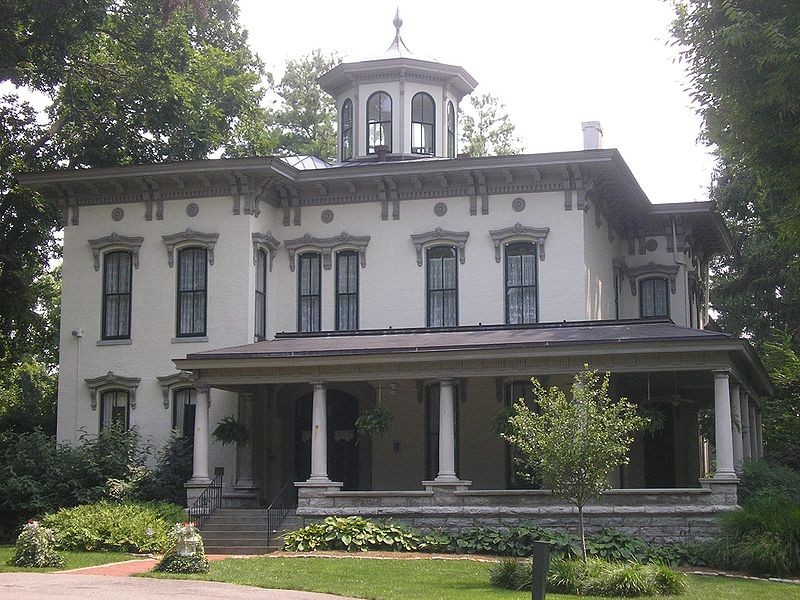
The house in 1895 (image from Pinterest)
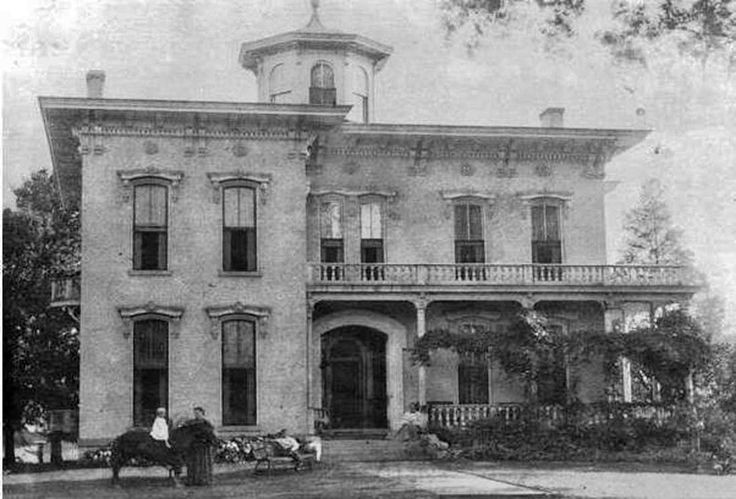
Today, the house is a venue for events (image from the Peterson-Dumesnil House Foundation)
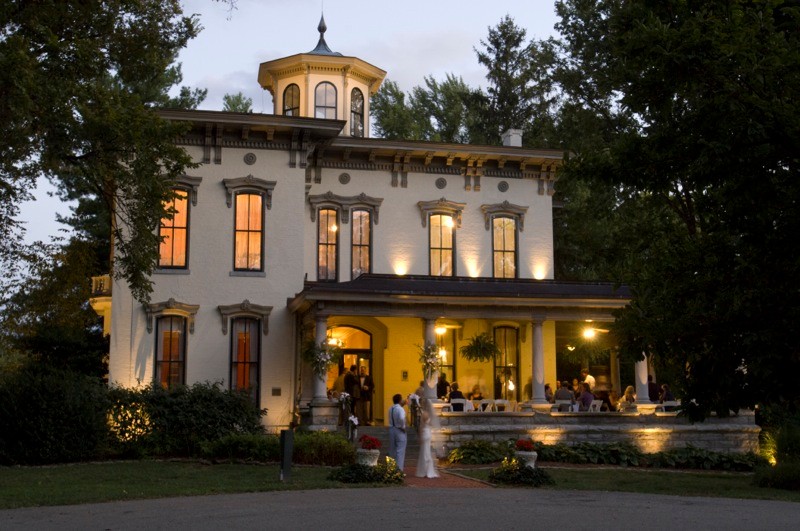
Samuel P. Jones assessing the estate for the school board in 1948 (image from the Courier-Journal)
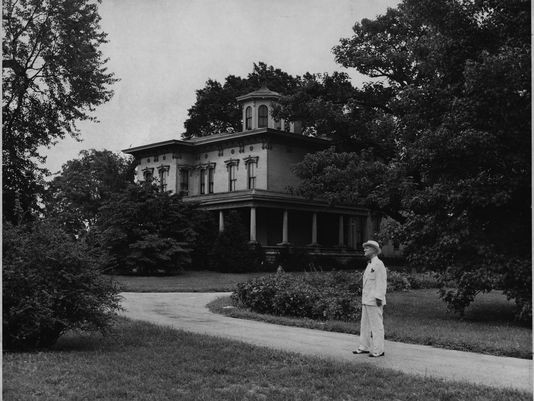
The front room (image from the Peterson-Dumesnil House Foundation)
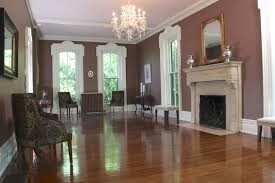
The staircase (image from the Peterson-Dumesnil House Foundation)
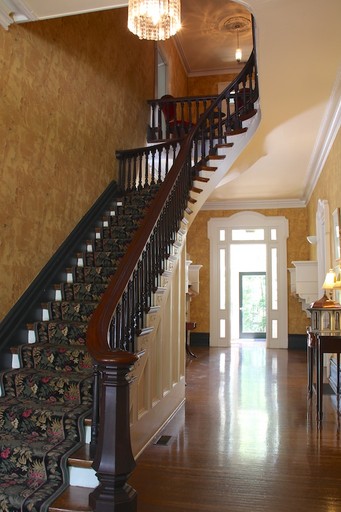
Backstory and Context
Text-to-speech Audio
Joseph Peterson came to Louisville from Philadelphia at the age of twenty-four, in 1836. Peterson accumulated a fortune as a tobacco wholesaler, and built the summer home which is known today as the Peterson-Dumesnil House around 1870. Though no source positively confirms the identity of the architect, oral tradition holds that the house was designed by the well-known local architect Henry Whitestone (1819-1893), who worked on a number of buildings on Main Street where Peterson's tobacco business was located. The asymmetrical Italian Villa is located in Crescent Hill, an upper-middle to middle-class neighborhood near Frankfort Avenue, historically a commuter railway turnpike. Such villas were numerous in the area at the time, but the Peterson-Dumesnil House is one of only three surviving (and one of the others suffered severe damage in the 1974 tornado).
Peterson was responsible for the construction of a number of significant commercial buildings on Main Street in downtown Louisville, including the Carter Dry Goods Company in 1878 (architect C.J. Clarke), the Fort Nelson Building circa 1888, and at least two others designed by D.X. Murphy, in what is now the National Register of Historic Places listed West Main Street Historic District. Aside from his own business and his affect on the architecture of downtown, Peterson also influenced civic development as a stockholder in the Crescent Hill Railway Company and in the Exposition Company responsible for putting together the Southern Exposition held in Louisville from 1883-1887. Peterson died in October of 1889, survived by his only child, Carrie, and her family.
Carrie Peterson had married a neighbor of her father's summer house property, Jacob H. Lindenberger (1824-1900), who was president of the Merchant's National Bank and had a small farm to the west of today's Peterson Avenue. Joseph Peterson had named the Carter Dry Goods store "The Two Sisters" in honor of Jacob and Carrie's daughters, Carrie and Eliza, and had left the Peterson summer home to them. The younger Carrie Lindenberger married Edward Roland, Eliza married Harry Dumesnil, and the families lived together in what would come to be known as the Peterson-Dumesnil House. Harry Dumesnil, of French ancestry, was the son of the Ormsby-Dumesnil family who developed Cedar Hill Farms into the Old Louisville neighborhood. Eliza lived in the Peterson-Dumesnil home until her death in 1948, when the home and grounds were purchased by the Louisville Board of Education.
The Board of Education used the 7.5-acre property to establish
playgrounds for the nearby Barret Junior High and George Rogers Clark Schools,
leaving the mature trees and shrubs in place, including a ginkgo tree which is
now over 150 years old. In the mid-1950s, the house became a one-of-a-kind teachers
club. Since 1982, the house has been owned by the Peterson-Dumesnil House Foundation,
and is used as an event venue. The grounds are still the playground for Barret
Junior High School.
Sources
2. Jones, Elizabeth F. "The Peterson-Dumesnil House." National Parks Service, National Register of Historic Places. June 6, 1975. Accessed March 13, 2017. https://npgallery.nps.gov/GetAsset/031a3238-2ced-4a82-8897-cbe3b01c6dc2.
3. Peterson-Dumesnil House. Official website. Accessed March 30, 2017. http://petersondumesnil.org/history/.
